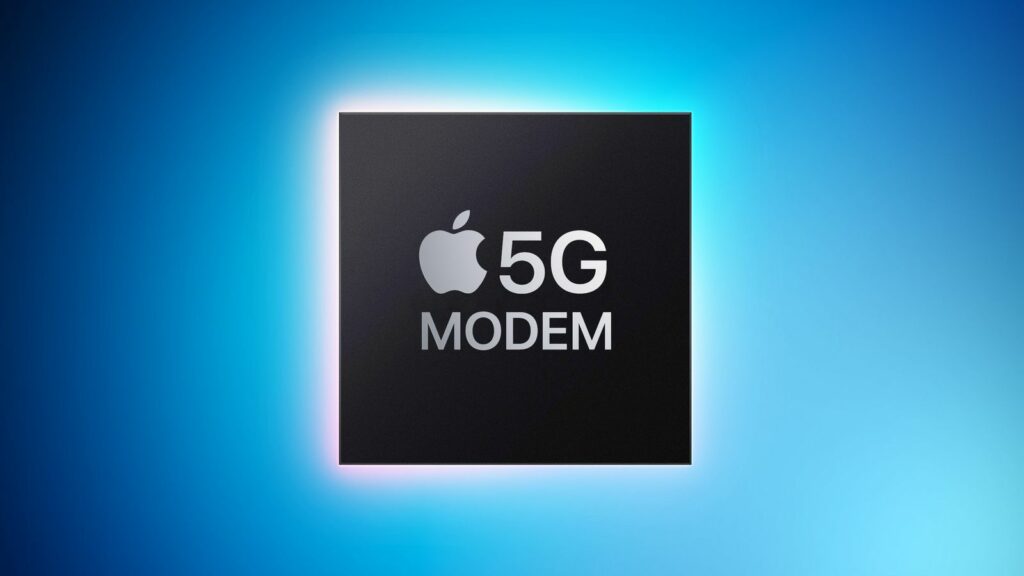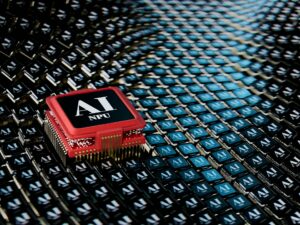Apple’s 5G modem outperforms Snapdragon in weak signal areas.

Apple’s 5G modem outperforms Snapdragon in weak signal areas.
Ookla found that Apple’s initial 5G modem, the C1, outperforms Qualcomm’s Snapdragon X71 under certain scenarios. The research compared iPhone 16e (C1 modem) with iPhone 16 (X71 modem) speeds on AT&T, T-Mobile, and Verizon.
Low and High Network Speeds
Compared to the iPhone 16’s 16.66Mbps in the 10th percentile, the iPhone 16e’s 27.35Mbps was better. It also led median tests narrowly. The Qualcomm-based iPhone 16 outscored the 16e in the 90th percentile with faster peak speeds. The iPhone 16 had stronger carrier connections, while the 16e performed better in weak-signal regions.
T-Mobile, Carrier Aggregation
On both smartphones, T-Mobile subscribers had the fastest downlink speeds. Due to T-Mobile’s 5G StandAlone (SA) networks and carrier aggregation, iPhone 16e users observed slower speeds than iPhone 16 owners, according to Ookla.
Apple’s C1 modem supports three-link CA, whereas the X71 frequently offers four-link and uplink CA. The 16e outperformed its more costly sister in upload speeds on all three carriers.
Battery Efficiency and mmWave
The iPhone 16e lacks mmWave 5G compatibility, although Apple is apparently building a C1 model with it. This absence has not affected performance since many places lack mmWave coverage. Apple says the C1 is its most battery-efficient 5G modem, and the iPhone 16e can stream video for 21 hours vs 18 hours on the 16. This is partly due to a 4,005 mAh battery over the 16’s 3,561. Qualcomm’s 2022 X71 modem is older than its existing ones.




